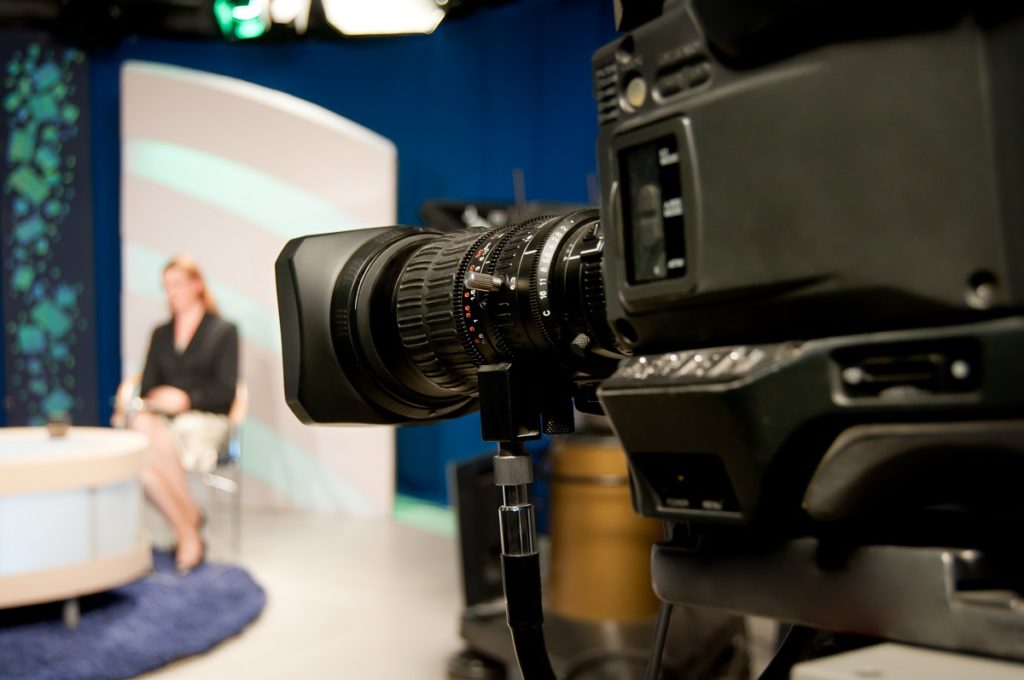Video production consists of many small parts that contribute to the whole. One important aspect that will have either a positive or negative impact on a video’s outcome is lighting. The lights and their angles highlight the speaker or actor, the set, and other details of the production. So, if you have poor lighting, it could make your brand look cheap and subpar compared to your competitors.
With the help of a promotional video production company, use the following lighting practices to improve your videos.
Proper Three-Point Lighting
This technique is important to your video production setup. It consists of three aspects, namely the key light, fill light, and backlight. The key light is the strongest of the three. It is ideal to choose one that has wattage between 500 and 1,000, but it will depend on your needs and the video you want to produce. Place it to the camera’s side so that it creates a dramatic effect on the lighting of a person’s face and body.
The fill light, meanwhile, is used to fill the shadows during a shoot. This uses a lower wattage; thus, is less powerful than the key light. Its right position is on the opposite side of the key light and camera. You can place it closer or further away from the subject depending on your lighting needs.
The backlight completes the setup and boosts the quality of your production. Its ideal position is directly behind the actor or interviewee. Hang it above them or use a stand for better quality. It should be as powerful or less powerful than the fill light you use.
Light Color Temperature
Lights can either be cool or warm depending on the filaments used. This aspect creates mood and affects the quality of the footage. The temperature of the lighting will depend on the atmosphere you want to create and the message you want to send. Ideally, do not mix cool and warm lights.

Light Brightness
The two lighting concepts in shooting videos are high key and low key. High key refers to using bright lights on the set and subject. Video makers often use this for happy scenes. Low key lights, on the other hand, are dark and use shadows to set a somber mood or add suspense to the scene. Use either one depending on the tone you want to create.
Light Shape
This aspect is all about control and focus. It refers to the direction of the light in a scene. The designer and director shape lighting into a spot they want to highlight. It is not always about lighting everything on set. Focusing light creates mood and directs the attention of viewers.
Position of the Lighting
This pertains to the angle, length, and direction of the lighting, creating the ambiance you want your video to have. Flat lighting is the most basic form because of its neutrality and lack of mood.
These lighting techniques will help improve the quality of your shoot and elicit the emotions you want from your viewers. Implement these to create better videos and convert a wider audience.
